-
Welcome to Tacoma World!
You are currently viewing as a guest! To get full-access, you need to register for a FREE account.
As a registered member, you’ll be able to:- Participate in all Tacoma discussion topics
- Communicate privately with other Tacoma owners from around the world
- Post your own photos in our Members Gallery
- Access all special features of the site
Light bar with existing Fog/driving light switch and High beams
Discussion in '2nd Gen. Tacomas (2005-2015)' started by yzguyfl, Feb 18, 2019.


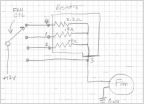 New Problem with AC/Heater Fan on 2012 Tacoma
New Problem with AC/Heater Fan on 2012 Tacoma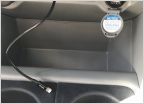 Annoying Problem.
Annoying Problem.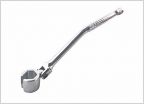 O2 Sensor help.
O2 Sensor help.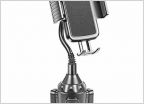 Good iPhone windshield mount. 2011 Tacoma
Good iPhone windshield mount. 2011 Tacoma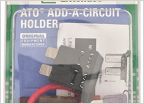 Help in the fuse box department...
Help in the fuse box department...